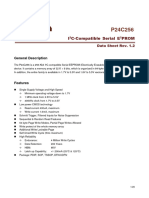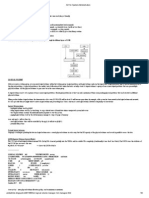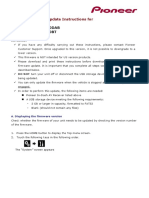0% found this document useful (0 votes)
28 views10 pagesStorageMemory Worksheet
The document provides an overview of computer hardware, specifically focusing on memory and storage types. It distinguishes between primary memory (volatile and non-volatile) and secondary storage (magnetic, optical, and flash), detailing their functions, advantages, and disadvantages. Additionally, it includes activities and questions for students to reinforce their understanding of these concepts.
Uploaded by
tyeki20Copyright
© © All Rights Reserved
We take content rights seriously. If you suspect this is your content, claim it here.
Available Formats
Download as PDF, TXT or read online on Scribd
0% found this document useful (0 votes)
28 views10 pagesStorageMemory Worksheet
The document provides an overview of computer hardware, specifically focusing on memory and storage types. It distinguishes between primary memory (volatile and non-volatile) and secondary storage (magnetic, optical, and flash), detailing their functions, advantages, and disadvantages. Additionally, it includes activities and questions for students to reinforce their understanding of these concepts.
Uploaded by
tyeki20Copyright
© © All Rights Reserved
We take content rights seriously. If you suspect this is your content, claim it here.
Available Formats
Download as PDF, TXT or read online on Scribd
/ 10
























































































